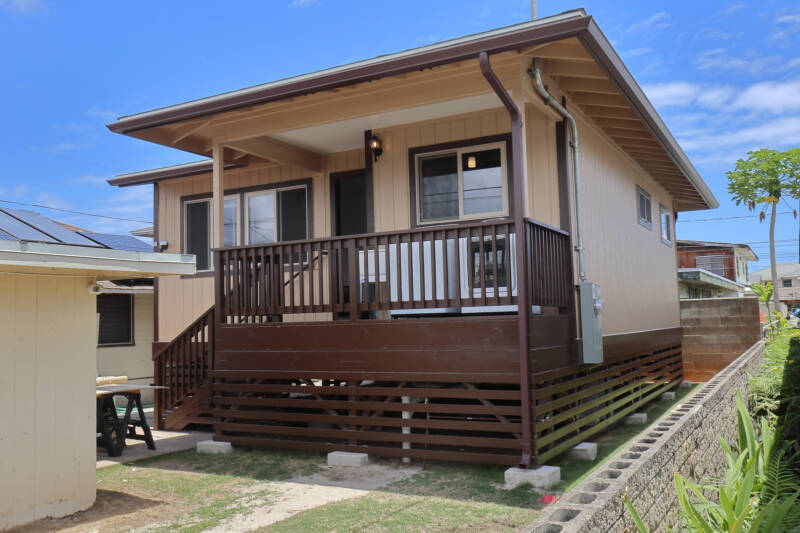
December 26, 2023 Homeworks Hawaii
The decision to add an Accessory Dwelling Unit in Hawaii, is a significant one. Choosing between an attached or detached structure is another detail to consider. This is a major decision to make for your island property. Each option has its own set of advantages and potential drawbacks. Factors include privacy, space utilization, and aesthetic preferences. Understanding the implications of opting for an attached or detached ADU make your decision easier. Understand the benefits and specifications of an ADU first. This is essential in making an informed decision that aligns with your lifestyle and goals.
What is an ADU? (Accessory Dwelling Unit)?
An Accessory Dwelling Unit, commonly known as an ADU, is a secondary residential unit located on a single-family property. Accessory Dwelling Units in Hawaii are designed to be independent living spaces with their own kitchen, bathroom, and sleeping facilities. These units provide homeowners in Hawaii with the opportunity to maximize the utility of their property by either attaching the additional living space to the existing structure or creating a separate, detached unit. This provides room for potentially another family member to live on the property– especially if they are outfitted for aging-in-place modifications, or they are a great way to create supplemental income by renting them out. ADUs are becoming increasingly popular in Hawaii. These structures are often being referred to as “ohana units” and offer a means to address housing needs, accommodate multigenerational living, and increase affordability.
What is the Difference Between an Attached and Detached Accessory Dwelling Unit in Hawaii?
The choice between an attached and detached Accessory Dwelling Units in Hawaii involves understanding the fundamental differences between the two. By definition, attached ADU’s are physically connected to the main dwelling (house), often sharing a wall or part of the structure. In Hawaii, these are typically referred to as “attached ohana units”. This configuration facilitates shared utilities and easier access between the units– but may need more consideration when it comes to noise generation between the units as well as clearly dividing the utility usage (if renting it out).
On the other hand, a detached ADU, or “ohana unit”, is a separate structure. This structure offers greater independence and privacy. It can potentially making the divvying up of utilities and more privacy for the main house and tenants of the ohana unti– easier. The decision between attached and detached accessory dwelling units in Hawaii hinges on factors such as available space, zoning regulations, and personal preferences for the degree of separation between the main residence and the additional unit.
Where and How You Can Find Reputable ADU Builders in Hawaii
Add an accessory dwelling unit to your property in Hawaii, but find reputable builders on the island. This is a critical step in the process. Locating skilled and experienced ADU builders in Hawaii requires a fair amount of research, including reading reviews, checking portfolios, and seeking recommendations from local sources. Engage with builders who understand the challenges and regulations associated with ADU construction in Hawaii. This ensures a smooth process and a finished product that meets your functional and aesthetic requirements. If you are wondering where to get started– be sure to check out our blog that has a ton of resources on how to do this.
What to Know About ADU Construction in Hawaii and How It Benefits You!
Understanding the intricacies of ADU construction in Hawaii is essential for a successful project. Understanding local building codes, zoning regulations, and permit requirements ensures compliance, and this is your contractor’s job. Rest assured, when you hire a trusted local ADU builder in Hawaii, they will guide you. The benefits of constructing an accessory dwelling unit in Hawaii include potential for easier budgeting, and increased property value. Enjoy flexibility to accommodate changing living arrangements. Exploring these aspects thoroughly, with the guidance of experienced professionals, allows you to make informed decisions. Contribute to the overall success of your ADU project in Hawaii by understanding the basics.